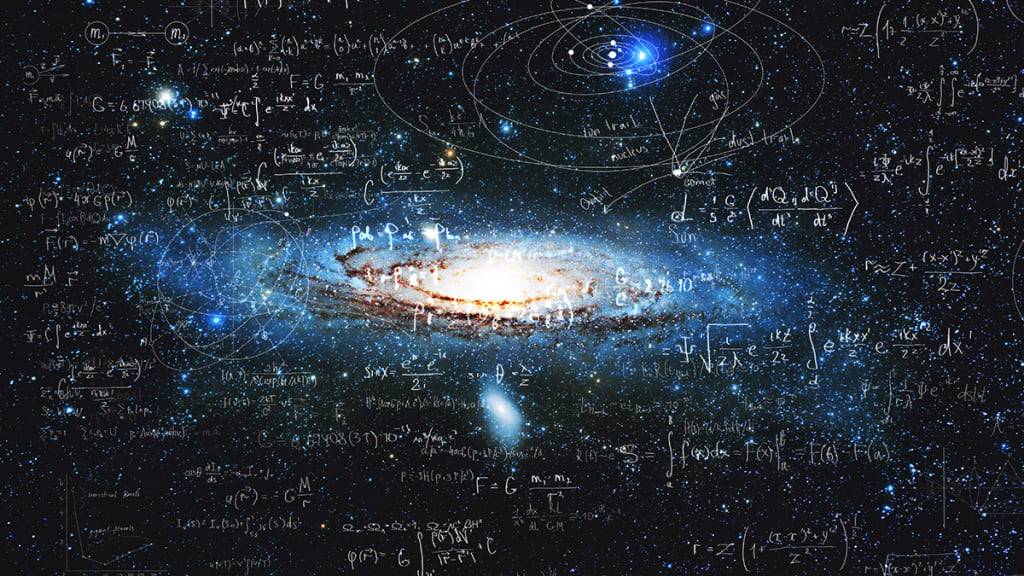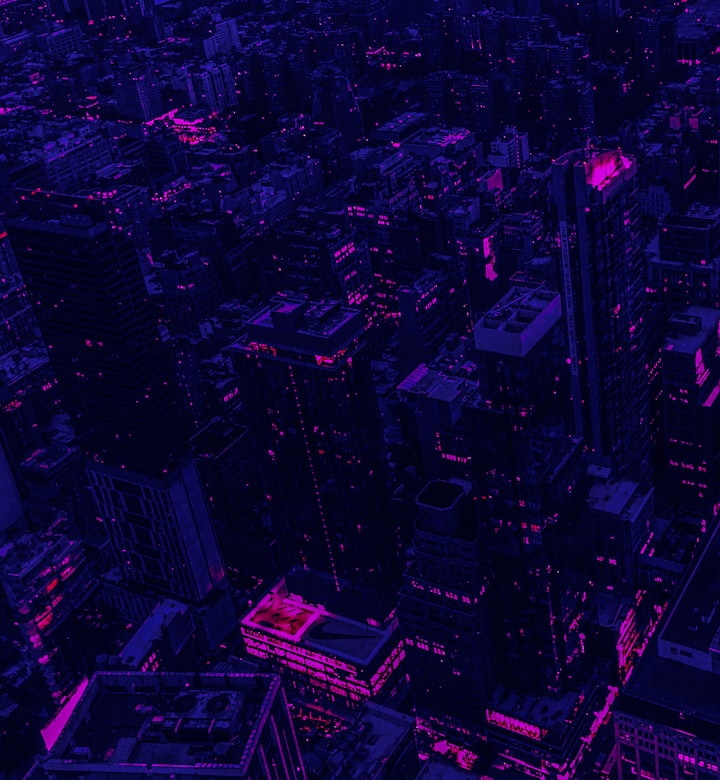MASSIVE EARLY GALAXIES DISCOVERY COULD BE ‘UNIVERSE BREAKER”
Massive early galaxies emerged from a review of the James Webb Space Telescope’s first dataset. Find out why current science says they shouldn’t exist, and what this means for our understanding of the Big Bang and galaxy formation.

Every once in a while, a scientist “breaks the universe.” I don’t mean the real universe, of course, but only our model of it.
Copernicus shattered existing science when he disproved Aristotle’s model of the universe where the sun went around the Earth. Darwin blew up biology when he explained that species originate through a combination of descent with modification and natural selection.
Einstein smashed a complacent scientific establishment when he explained that time could pass at different rates in different frames of reference, and that the fabric of space could curve. The founders of quantum mechanics did something similar when they showed that different laws of physics apply in the subatomic world.
HUBBLE DISCOVERED GALAXIES BEYOND THE MILKY WAY
Edwin Hubble also caused quite a fracture when he discovered that there were galaxies beyond the Milky Way. Prior to that, astronomers had thought that our galaxy and the universe were one and the same.
Joel Leja is an assistant professor of Astronomy and Astrophysics at Penn State University. For the past thirteen years, he’s been studying the how galaxies form over cosmic time.
Most of Professor Leja’s work involves observations, working with data rather than experimentation. He spends most of his time creating models that interpret the data collected from surveys of distant galaxies.
SIX MASSIVE EARLY GALAXIES DON’T BELONG THERE
Professor Leja is the lead author of a study that could disrupt the scientific consensus yet again. Although he stresses it’s too early to be certain, his global team believes they’ve discovered six massive early galaxies that, according to our current understanding of the universe’s origin, don’t belong there.
As Professor Leja puts it, ““We’ve been informally calling these objects ‘universe breakers’ — and they have been living up to their name so far.” Based on his team’s findings, either our understanding of cosmology needs to change, or scientists need to rethink their models of galaxy formation.
The team published their findings last week in the journal Nature While reviewing the first dataset from NASA’s new James Webb Space Telescope, they uncovered objects as mature as our Milky Way Galaxy existing when the universe was only 3% of its current age.
JAMES WEB SPACE TELESCOPE CAN SEE FURTHER THAN EVER BEFORE
Because light reaches the Earth at a fixed speed, when we look out into space, we also look back into time. The Webb Telescope’s sophisticated mirror and infrared sensors enable it to see further out, and therefore further into the past than ever before.
In fact, its range enables it to look back almost to the universe’s origin at the Big Bang. The objects Professor Leja and his team identified date from between 500 and 700 million years after the big Bang.
“This is our first glimpse back this far,” Professor Leja said. “So it’s important that we keep an open mind about what we are seeing,” Even so, the objects have more mass than the existing Big Bang model suggests should be there.
‘WE EXPECTED ONLY TO FIND TINY, YOUNG BABY GALAXIES’
“We expected only to find tiny, young, baby galaxies at this point in time,” explained Professor Leja. “But we’ve discovered galaxies as mature as our own in what was previously understood to be the dawn of the universe.”
The team’s discovery was completely unexpected. As Professor Leja describes the process, “When we got the data, everyone just started diving in and these massive things popped out really fast.” As they progressed with their model building, they noticed six large, bright objects they couldn’t explain.
“My first thought was we had made a mistake and we would just find it and move on with our lives,” Professor Leja recalled. “But we have yet to find that mistake, despite a lot of trying.
‘WE HAVE YET TO FIND THAT MISTAKE, DESPITE A LOT OF TRYING’
Stars begin their lives emitting bright, blue light. As they age, they consume fuel and lose heat, which causes them to take on more of a reddish hue.
So, the researchers expected any galaxies they’d locate this early in the universe’s formation would consist of a few young, tiny, bright blue stars. Instead, these six massive early galaxies each contain over 50 billion mature, red stars.
As Professor Leja told space.com, “This was astounding — we’re finding galaxy candidates as massive as our own galaxy when the universe was 3% of its current age.” At the same time, there are other potential explanations.
‘AN ASTOUNDING CHANGE’
“While the data indicates they are likely galaxies, I think there is a real possibility that a few of these objects turn out to be obscured super-massive black holes.” Professor Leja explained. “Regardless, the amount of mass we discovered means that the known mass in stars at this period of our universe is up to 100 times greater than we had previously thought. Even if we cut the sample in half, this is still an astounding change.”
I admire Professor Leja and his team, not only for making this discovery, but for having the intellectual humility to concede they could be wrong. As we work toward revealing the new story of our universe, it’s refreshing to see the team set aside their pride of authorship.
We need to follow the truth wherever it leads us. With that in mind, the researchers have suggested a way to confirm their findings about these possible massive early galaxies and remove any remaining doubt.
SPECTRUM IMAGES COULD REMOVE REMAINING DOUBT
By taking spectrum images of these newly-discovered objects, scientists could measure their distances more accurately. They could also identify the gases that make up these objects.
Spectral analysis could verify that the objects are massive early galaxies. It could also determine what they look like and measure their mass.
Professor Leja concluded by saying, “It will show us how big they are, how far away they are. What’s funny is we have all these things we hope to learn from James Webb and this was nowhere near the top of the list.”
We always have more to learn if we dare to know.
Learn more:
Discovery of massive early galaxies defies prior understanding of the universe
The James Webb Space Telescope discovers enormous distant galaxies that should not exist
A population of red candidate massive galaxies ~600 Myr after the Big Bang
Dwarf Galaxies Contradict Dark Matter Paradigm
About the Creator
David Morton Rintoul
I'm a freelance writer and commercial blogger, offering stories for those who find meaning in stories about our Universe, Nature and Humanity. We always have more to learn if we Dare to Know.






Comments
There are no comments for this story
Be the first to respond and start the conversation.